Description
Genus: Boletus
Species: regineus
- Species 2: aereus
Common Name: Queen Bolete
Tells: Dark- to black- (sometimes red-) brown cap. Stout, netted, white-buff stem (babies may have pink tones) darkens to winy-brown w/age.
Other Information: Cap flesh pale pink when young, aging to white or pale yellow, & DNS. White pores become dingy yellow in age & DNS. Likes oak and madrone.
Science Notes: Whole genome testing results have thrown the name of this mushroom into dispute. Strict adherence to the rules (despite an obvious human error) would require a merger of this species into the extraordinarily rare B. mottiae, and then raise a new species name for the B. mottiae finds. This site will refrain from such chaotic and confusing changes until absolutely necessary.
Edibility: Choice.
CHEMICAL TESTS:
- NH4OH (Ammonia): Cap flesh does not react.
- KOH: Cap flesh does not react.
- FeSO4 (Iron Salts): Cap flesh does not react.
Links:
 |
0 |  |
0 |  |
88 |

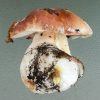

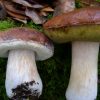

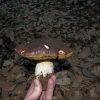


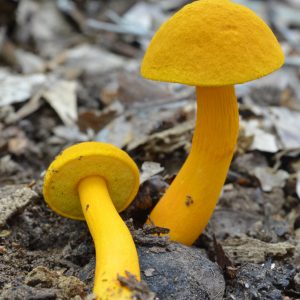
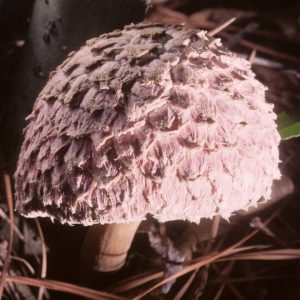

Got something to discuss?
Can u eat these? If so are they good tasting?and what to pair them with?